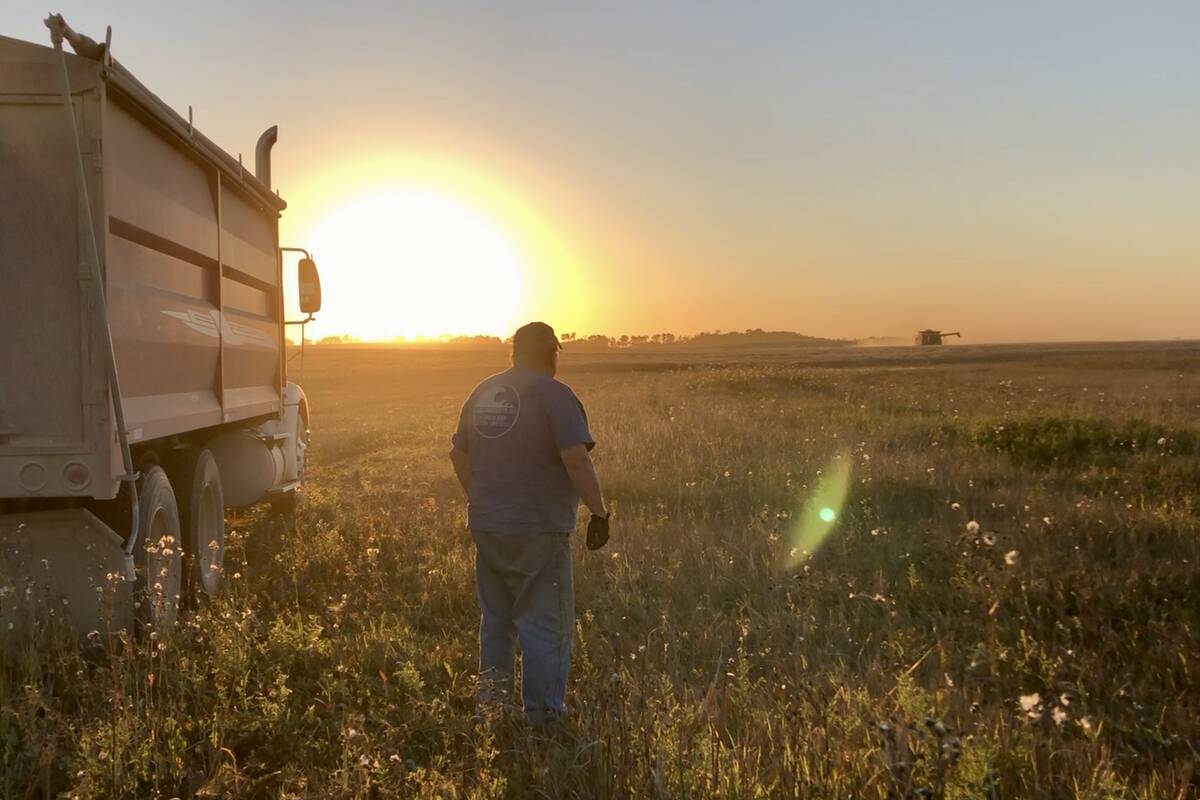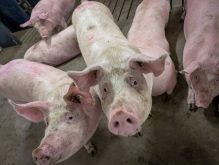SAN ANTONIO, Texas – The United States cattle herd continues to shrink.
Liquidation has occurred in 12 of the last 14 years and the result is the smallest cattle herd since 1959.
The U.S. Department of Agriculture’s semi-annual cattle inventory report released Jan. 29 lists the cattle herd at 93.7 million head Jan. 1, one percent below last year’s count of 94.5 million head.
Beef cows totalled 31.4 million head, down one percent from a year ago, while dairy cows were down three percent from a year ago at 9.1 million head.
Read Also

VIDEO: Bittersweet harvest for this family farmhand
Bruce Burnett helps his brother harvest wheat and canola for the last time on the family farm in Manitoba where they both grew up.
The report pressured Chicago cattle futures prices lower because traders had expected 94 million head.
CattleFax, the private market analysis firm, forecasted lower prices, more consolidation among feed yards and cash sales declining in favour of more contract deals for live cattle.
“We don’t expect a miraculous recovery any time soon,” said Randy Blach of CattleFax at the National Cattlemen’s Beef Association annual convention in San Antonio Jan. 29.
Analyst Kevin Good said 2009 saw a large cow slaughter, with 36 percent of heifers placed in feedlots.
The feedlot industry is suffering a large equity drain. The current credit crunch prevents new blood entering the industry and rebuilding.
Slaughter of fed and non-fed animals is down, but carcass weights were up two to three pounds, averaging 849 pounds.
Beef production and net supplies are down three percent or 750 million lbs., making it the smallest beef supply in 10 years. Beef production in 2009 was about 25.2 billion lb.
Pork and poultry supplies are also down.With tighter meat supplies, Good suggested the current rate of liquidation should slow.
Blach said the industry must address key long-term factors.
One problem is the feeding industry has about 25 to 30 percent more capacity than it needs. With excess capacity, feedlots are chasing fewer cattle. More consolidation can be expected.
In 1985, 10 percent of fat cattle were sold from yards with 32,000 head or better capacity. Twenty years later, 67 percent were finished and sold from the large yards.
Feeding industry costs have risen, with more expensive corn, fertilizer and fuel. The industry is eroding its equity and has not been able to catch up with these elevated costs.
At one point, there was about $5 billion in equity in feedlots but today they are in a loss position.
Blach advises producers to find ways to manage risk and watch beef demand. The recession has consumers tightening belts and loss of demand is costing producers nearly $150 per head.
If demand stabilizes, it should encourage a significant increase in calf values in the next five years. Low cost, high return producers may consider expanding, but volatility will continue.
“I know a lot of you don’t like it. Get used to it. We are in a global market. It is a totally different business environment,” Blach said.

















